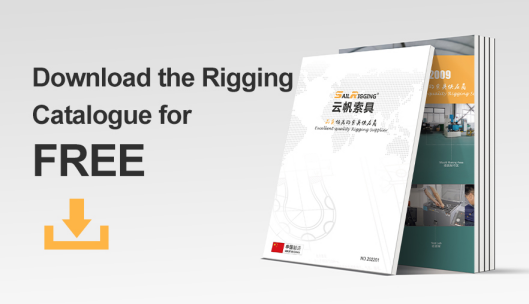Eye bolts are versatile fasteners widely used in various industries and applications, playing a crucial role in securing loads, lifting equipment(lifting eye bolt), and facilitating efficient material handling. At the heart of their functionality lies the thread of an eye bolt, a critical component that determines its strength, durability, and overall performance. In this article, we delve into the intricacies of the thread of eye bolts, exploring their types, manufacturing processes, and key considerations for selection.
2 Types of Threads in Eye Bolts
Eye bolts typically feature two main types of threads: coarse threads and fine threads. Coarse threads are more common and provide faster assembly and disassembly, making them suitable for applications where quick installation is essential. On the other hand, fine threads offer increased strength and better resistance to vibration, making them ideal for heavy-duty(heavy duty eye bolt) applications requiring a secure and stable connection.
How To Manufacturing Thread Of Eye Bolts
Cold Forming: Cold forming is a common method used in the manufacturing of eye bolts. This process involves shaping the metal at room temperature through deformation, resulting in increased strength and hardness of the thread.
Hot Forging: Hot forging involves heating the metal to high temperatures and then shaping it using dies. This process enhances the material’s ductility and reduces the risk of internal defects, resulting in a robust thread.
Machining: Some eye bolts undergo machining processes to achieve precise thread dimensions. While this method is more time-consuming, it allows for customization and is suitable for applications with specific requirements.
Key Considerations for Threaded Eye Bolts
1.Material Selection: The material of the eye bolt plays a crucial role in determining its resistance to corrosion, strength, and durability. Common materials include stainless steel, carbon steel, and alloy steel, each with its unique set of properties.
2.Load Capacity: Understanding the load capacity requirements is essential for selecting the right threaded eye bolt. Factors such as the weight of the load, working conditions, and safety regulations should be considered to ensure optimal performance.
3.Environmental Factors: Consideration of the operating environment is vital. Eye bolts exposed to corrosive atmospheres or extreme temperatures may require special coatings or materials to enhance their longevity and performance.
4.Installation and Inspection: Proper installation is paramount for the effectiveness of threaded eye bolts. Following manufacturer guidelines and conducting regular inspections to identify signs of wear, corrosion, or fatigue is crucial for maintaining safety and performance.
Conclusion
The thread of an eye bolt may seem like a small detail, but it plays a pivotal role in ensuring the reliability and safety of various applications. Whether in construction, manufacturing, or lifting operations, understanding the nuances of threaded eye bolts empowers professionals to make informed decisions, enhancing both efficiency and safety in diverse industrial settings. If you want to know more about the thread of eye bolts, feel free to contact Sail Rigging.





